- Why are two neon lamps (100V tiny bulbs?) in parallel with two different resistors?
The first lamp connected to R1 tells the user that there is high voltage power connected from the source. The second lamp tells the user if the fuse is open or still good.
- Why is a varistor in series with a GDT? (if it's a varistor at all considering the symbol Z and 10K Ohm value).
A gas tube becomes a short when it starts to conduct, so it needs something to protect it and the circuit wiring, line cord etc. That's what the fuse is for. Also, a varistor (MOV) only clamps to a certain voltage. A common value used for line connections is around 330V when used alone. The combo can allow the high standoff from the gas tube, but clamp (MOV) to a lower voltage during a transient voltage event, without clamping to near zero and popping the fuse.
- How should we calculate the values for a GDT + varistor in series?
The series impedance should be such that it will cause the fuse (S1) to open if the gas tube and MOV have been conducting long enough. This will be specific to each circuit design. The MOV voltage should also be high enough that it doesn't cause the fuse to open for a transient voltage as defined by UL.
